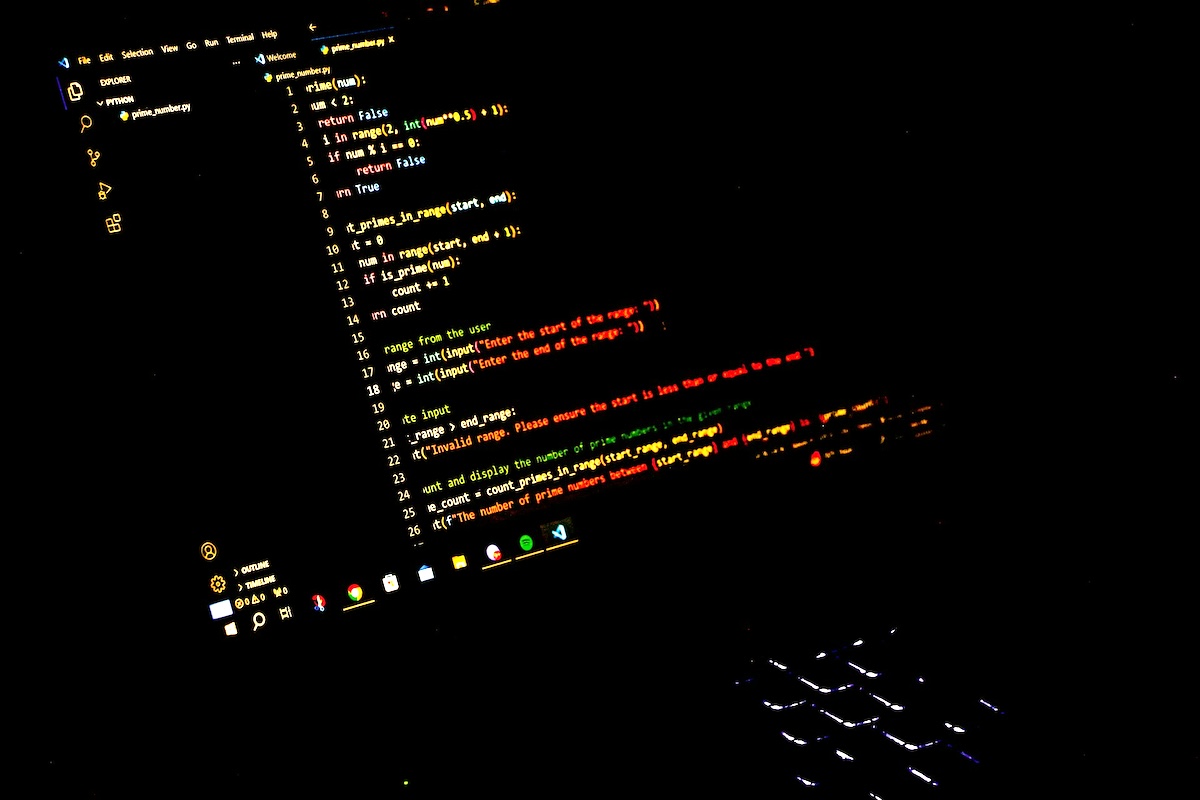Skift Take
Over a 10-year period from to 2020, LinkedIn took its annual revenue from $243 million to $8 billion — and it now boasts close to 800 million users. Now that it’s launching its own event platform. Will it quickly dominate the space?
LinkedIn is one of the world’s biggest online social platforms, and it practically has a monopoly on professional networking in the digital space. With close to 800 million users voluntarily providing key professional data and regularly engaging with business-related content, the platform seems ideally positioned to become a major player in the world of B2B virtual events.
Has the time arrived? In 2020, EventMB was one of the first publications to cover rumors of LinkedIn’s planned foray into virtual event products, but no solid details were available at the time. Just last week, however, TechCrunch shared a number of key announcements about LinkedIn’s new event platform, which will initially launch as a Clubhouse-style audio-only format, with video broadcasting to be added sometime in the spring.
While some might be skeptical about LinkedIn’s ability to break into a market already saturated with a variety of highly sophisticated options, the importance of its wide user base cannot be understated. Moreover, it is backed by enormous financial capital, with Microsoft having acquired the company for a record-setting $26 billion USD in 2016. LinkedIn not only has unparalleled engagement data about professional interests, but also has the funds needed for top-of-the-line software engineering. As far as the potential for data-driven AI recommendations are concerned — whether for tailored event content or networking matches — there isn’t a single event tech provider that can compete with LinkedIn.
Whether LinkedIn’s new platform will live up to this potential, however, is still an unanswered question. For now, it appears to be the first stage of a much larger strategy that may one day reshape the landscape of event tech.
How LinkedIn’s Approach to Virtual Events Is Evolving
Some might be wondering what these new products will add to the platform’s current offerings, LinkedIn Events and LinkedIn Live, which both launched in the distant pre-pandemic era of 2019. Although perhaps forward-thinking in hindsight, both services are now somewhat behind the times. Notably, LinkedIn Events was initially designed as an online hub for in-person events, with some basic registration and lead capture options added later. It still lacks a ticketing tool for monetization purposes. And while it is now possible to host an “end-to-end” virtual event experience on LinkedIn by combining the registration of LinkedIn Events with the broadcasting of LinkedIn Live, it’s not truly an all-in-one solution. LinkedIn Live still requires organizers to use a third-party platform to manage the actual live streaming. In other words, LinkedIn simply acts as the end destination for a video feed managed elsewhere.
Fast-forward to 2022, and LinkedIn’s new event platform promises to provide native live streaming — first for audio only and then for video broadcasting. According to reporting from TechCrunch, the new platform will not provide any ticketing options, but it will include some interactive engagement tools like a live chat feed. While it’s still not clear how much customization the platform will offer in terms of branding or video graphics, initial mock-up images shared by TechCrunch suggest a fairly bare-bones interface.
HOW IS LINKEDIN POSITIONING ITS EVENT PRODUCTS?
Perhaps most tellingly, LinkedIn plans to continue offering its LinkedIn Live service. In other words, the company anticipates that some event organizers will prefer to stick with more established live streaming platforms like StreamYard or Restream for most of their technical needs, with LinkedIn adding value by extending their reach. Further, a source at LinkedIn confirmed that the company currently has no plans to charge organizers for any of its virtual event services. In short, LinkedIn is effectively pricing its new event platform at the bottom of the market.
However, it may be worth noting that LinkedIn itself began as a wholly free service, with its current “freemium” subscription options first introduced in 2005, two years after the initial product launched. A GrowthHackers article, LinkedIn Growth Engine: The Never Ending Viral Loop, may be enlightening on this front. The author explains that LinkedIn’s initial business strategy was to wait until it had reached a “critical mass” of users before introducing pay-to-play services. Could it have the same endgame in mind for its virtual event offerings?
What Is LinkedIn’s Endgame in the Event Industry?
Although LinkedIn has so far released very few details about its new product, it does not appear to be an immediate threat to the top players in today’s event tech market. All events currently hosted on LinkedIn are open to the public, and the opportunity for ad-free spaces appears to be limited. (LinkedIn declined to comment on whether they have plans to modify either of these approaches in future.)
Ultimately, a large number of business event organizers want to create gated, brandable spaces, so LinkedIn’s current product offering may fail to meet their needs — with “current” perhaps being the operative word here.
Given that LinkedIn itself bet on the continued growth of event tech with a Hopin investment of close to $50 million USD in June of last year, event tech providers probably don’t have to worry about LinkedIn attempting to overtake the industry with its own product overnight. On the other hand, this investment could be seen as part of a larger power play.
When Marco Giberti, founder and CEO at Vesuvio Ventures, asked the event community to weigh in on the significance of LinkedIn’s new product launch, he made a similar point: “Is Linkedin one of the next ‘event tech’ players? They invested in Hopin, they continue to hire events-related talent and build event tech features like this one.” And his followers seemed to agree.
Most commenters on the post emphasized LinkedIn’s large user base, the wealth of data, and consequent marketing potential. Rachel Stephan, DES, described it as a “natural progression”: “[I]t’s a matter of bringing the tech to them, not the other way around.” Jennifer Brisman, founder and CEO of VOW App, echoed this position when she stated, “They already HAVE the networks”. (It bears mentioning that this entire exchange took place on a LinkedIn post.)
A GOLDMINE OF DATA
Building on this analysis, VII-Events CEO Stas Zaslavsky pointed to what may be the most important differentiating factor of all: the data. “LinkedIn understands the demand more than anyone else, as they can [see] any data and trends before they become trends!” he wrote.
The most immediate and obvious application of this data is for marketing purposes. In keeping, LinkedIn’s own web copy frames their current event products as an ideal marketing tool, with the potential to use leads for remarketing purposes. (This is also how LinkedIn itself will be able to monetize these otherwise free events.)
But more importantly, this kind of data can be used to provide event recommendations to LinkedIn members, with the ability to create a more and more tailored content experience over time. LinkedIn’s existing networking recommendations could, in turn, be applied to event-specific contexts.
HOW DATA COULD LEAD TO A NEW BUSINESS MODEL FOR EVENT TECH
Indeed, LinkedIn’s entry into the event tech space could turn a growing data debate on its head. As former EventMB deputy editor Dylan Monorchio covered in his article, Who Really Controls High-Value Attendee Data From Events?, some industry commenters worry that event tech providers may be gaining too much control over attendee data. More specifically, the concern revolves around tech providers retaining attendee data beyond the initial event that brought the users onto the platform. In so doing, these tech providers could arguably learn enough about attendee preferences over time to become de facto curators of the entire event industry — recommending virtual event experiences much like Netflix does for videos and Spotify does for songs. Here, the concern is that event platforms are becoming more and more like social platforms, with attendees becoming members of their platform rather than devotees of a specific event brand.
With LinkedIn moving into the event space, we have the opposite scenario. LinkedIn already controls the data — and it has been collecting it for years.
And LinkedIn is no stranger to making the most of user data. Beyond targeted advertising campaigns, LinkedIn’s subscription services effectively monetize access to data by allowing “Premium” members to see expanded profile views for people outside their network. Moreover, LinkedIn may be the only platform to monetize privacy: Premium members can circumvent LinkedIn’s standard “I’ll show you mine if you’ll show me yours” policy for profile views. (To elaborate, they can see who has viewed their profile but remain anonymous when browsing other people’s.) Could LinkedIn be equally ingenious in developing subscription models around event attendee data?
WHY CLUBHOUSE DECLINE IN POPULARITY POINTS TO FUTURE LINKEDIN SUCCESS
At first glance, Clubhouse’s slump in popularity midway through 2021 could be seen as a warning sign that the audio-only event market has run its course, but on closer inspection, it tells a different story.
According to reporting from the New York Times, Clubhouse’s declining download numbers were not a product of waning interest in audio events but instead of a growing number of copycat competitors. Importantly, these competitors — Twitter, Facebook, and Spotify — each had the advantage of a large, pre-existing user base. While Clubhouse has been able to reverse the downward trend by expanding to Asian markets and offering an Android version, Twitter continues to draw a large share of users to its copycat Spaces feature. And now LinkedIn will be added to the mix.
IN CONCLUSION
LinkedIn’s revenue growth shows no signs of slowing down, and its recent expansion into virtual event solutions may simply be the next step in growing its user base and doubling down on engagement. A LinkedIn source indicated that even with the limited products that it currently offers, the company has seen a 150 percent year-over-year increase in the number of virtual events hosted on its platform.
LinkedIn also has a history of experimenting with multiple engagement tactics to find the winning strategy. (It has even been playing with its news feed algorithm for years with the sole purpose of increasing user engagement.) Given this track record, LinkedIn’s newest product launch may be the first in a series of iterations to come. The end result could be a product that competes directly with existing event tech giants, or it could serve an entirely different market altogether.
For now, LinkedIn appears to have its sights set on event marketers who simply want to reach the widest audience possible and content creators who focus on business-related themes. Event tech providers who offer highly customizable live streaming platforms with advanced registration tools are unlikely to lose clients to LinkedIn — at least in the short term.





